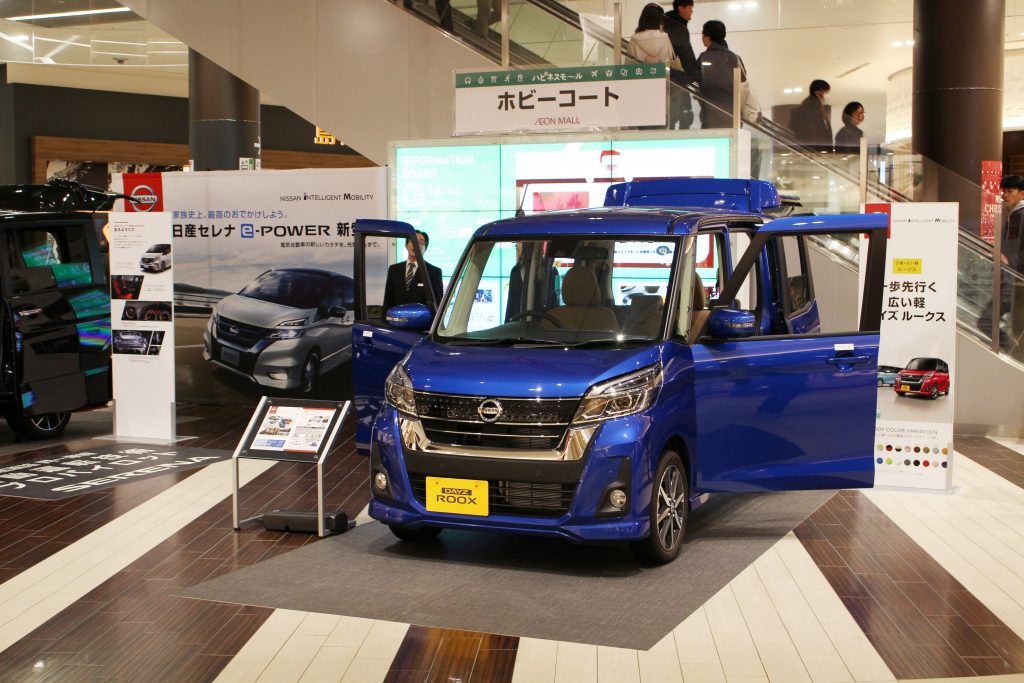
- ARAB NEWS
- 01 Aug 2025

TOKYO: Japanese automakers are increasingly adding to lower-priced mini vehicles improved safety features that were limited largely to other automobiles.
Demand for mini vehicles with collision avoidance systems and lane-keeping assist equipment is on the rise, following an increase in traffic accidents caused by elderly drivers.
While safety functions in mini vehicles are expected to improve further thanks to an evolution of self-driving technology, automakers face the issue of how to maintain the low prices, a main reason for the popularity of mini vehicles.
According to the Japan Light Motor Vehicle and Motorcycle Association, 95.4 pct of all new mini vehicles sold in fiscal 2020 had automatic braking systems, up from 54.1 pct in fiscal 2014.
Daihatsu Motor Co., a unit of Toyota Motor Corp., introduced last year an automatic braking system that detects pedestrians even at night to its Taft SUV.
Suzuki Motor Corp. has adopted for the first time for its Wagon R Smile a function to prevent minor collisions with oncoming vehicles on narrow roads by displaying the width of the roads on a monitor.
Nissan Motor Co.’s Roox, which features a technology allowing drivers to easily recognize pedestrians in the dark, was given the highest rating under a car safety assessment program involving the transport ministry, according to an announcement Sept. 21.
As mini vehicles are a firm favorite especially among female and elderly drivers in rural areas as an everyday car, demand for safety features on the same level as those of larger vehicles is rising.
Improved safety functions, however, have led to a rise in prices.
According to the internal affairs ministry’s retail price survey, the average price of mini vehicles in August stood at 1,577,000 yen, up from 1,285,000 yen in August 2014.
Mini vehicle prices are expected to rise further if electrification spreads to the segment.
JIJI Press